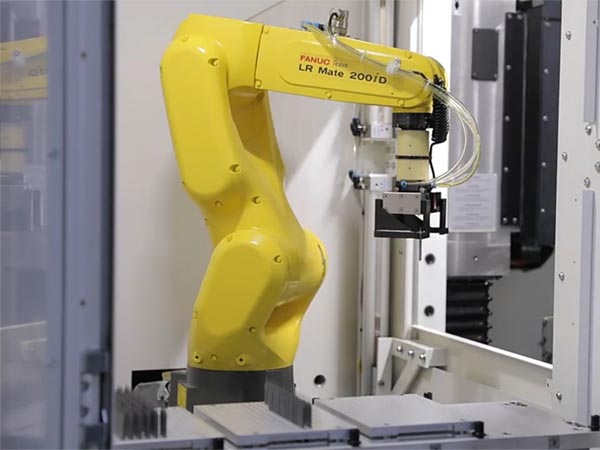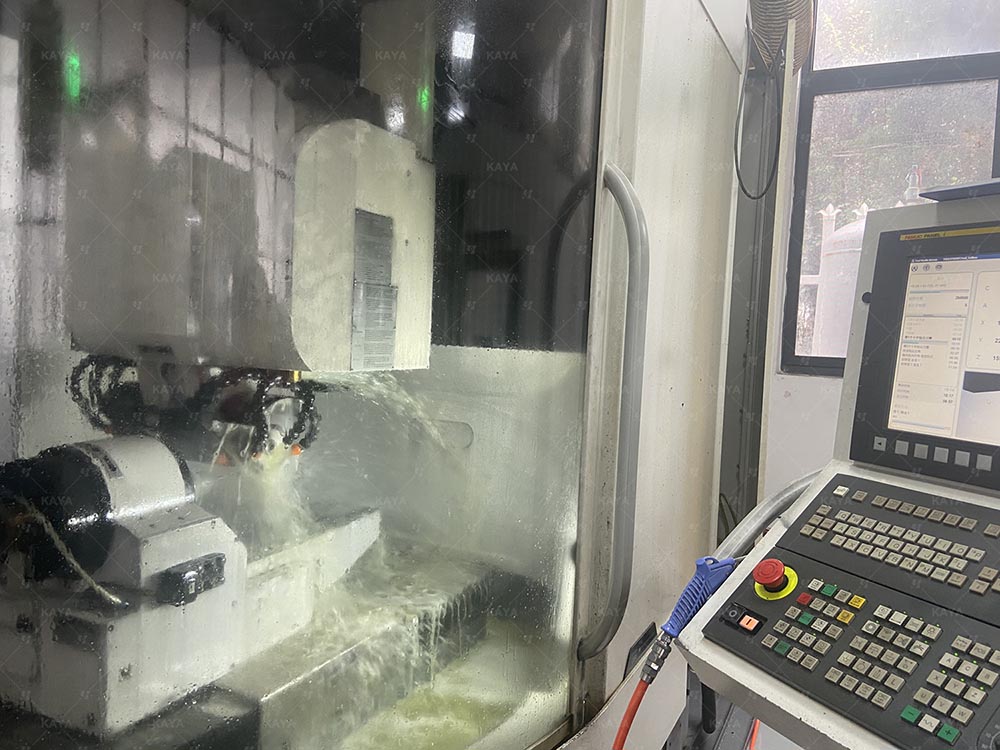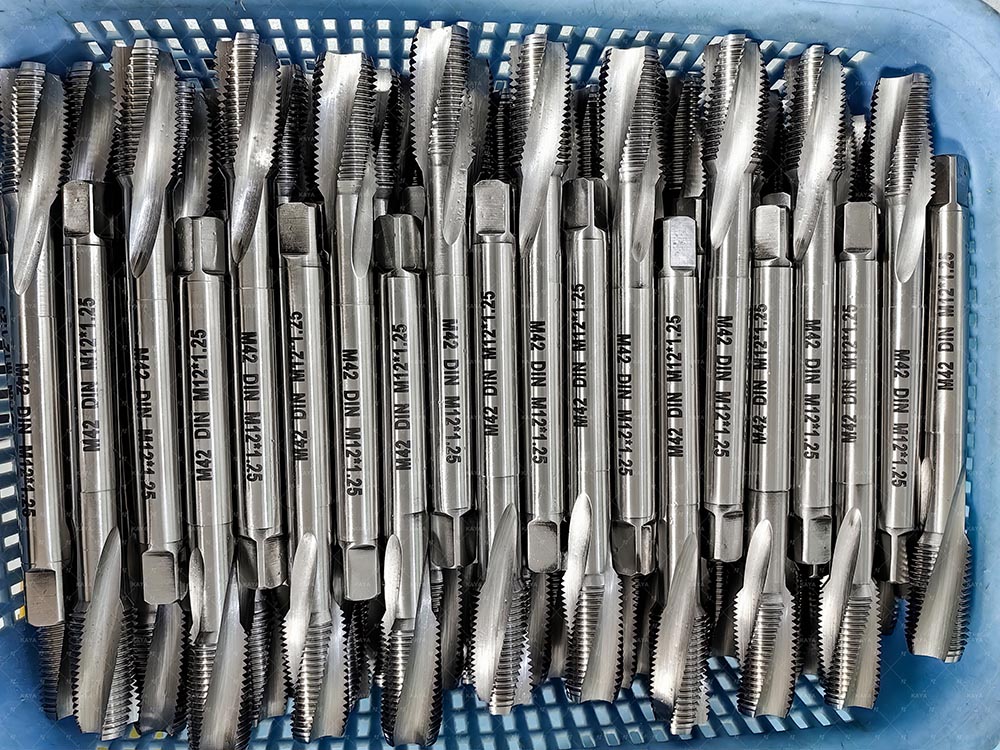Global HSS Cutting Tools Market: Current Status and Trend Analysis
Amid the global manufacturing rebound, the high-speed steel (HSS) cutting tools market is undergoing a structural transformation. Behind indicators such as a 40% surge in orders from Southeast Asian motorcycle parts manufacturers and an 18% increase in demand for deep-hole drills among European and American automotive suppliers in 2023, lie three driving forces: geopolitical restructuring, the upgrading of precision machining, and regional supply chain reconfiguration.
Rather than offering a generic overview of market size, this article focuses on the most pressing challenges facing tool manufacturers: How can companies adapt through technological alignment, innovative sales channels, and certification strategies to gain a foothold in segmented regional markets—especially under raw material price fluctuations exceeding 50%? Through analysis of 17 sets of field-tested industry data and procurement decision chains across six countries, we reveal the hidden competitive rules and survival strategies in the HSS tool sector.
1. Shifting Market Demand
1.1 Post-Pandemic Production Recovery Drives Demand
- In 2023, global procurement of tools returned to pre-pandemic levels, with notable growth in orders from the automotive parts and home appliance repair sectors.
- Case in point: A large-scale tool replacement campaign at Southeast Asian motorcycle parts plants led to a 40% spike in demand for HSS drill bits (Source: Frost & Sullivan).
1.2 Miniaturization in Machining
- The 3C electronics sector (smartphones, computers) is driving an annual 25% growth in demand for micro tools (diameter < 1mm).
- Pain point: Transitioning to micro-tool production requires upgraded grinding equipment, with an investment payback period of approximately 2.3 years.
2. Structural Shifts in Demand
2.1 Divergence Behind Industry Recovery
- Automotive industry: New energy vehicle motor shaft machining is boosting demand for deep-hole drills with L/D ratios ≥ 8 (18% global growth in 2023).
- Home appliance repair: The reverse demand trend for old-model part manufacturing pushed fine-thread taps (M5 and below) sales up 32% (Data: Tokyo Tech).
- Risk alert: Demand for construction tools in Europe and North America dropped by 23%, driven by the decline of DIY culture.
2.2 The Limits of Micro-Machining
- Cost comparison of micro drills:
φ0.5mm drill bit unit cost: Domestic RMB ¥8.7 vs. Japanese import ¥35.2
- Equipment ROI: Swiss-made 5-axis tool grinders achieve profitability with monthly orders ≥ 30,000 units.
- Hidden standards in 3C: Apple’s supply chain requires tool diameter variation within ≤ 3μm over 1,000 holes (verified performance data).
3. Regional Market Characteristics
3.1 Europe & North America
- Preference for high-hardness HSS-E (8% cobalt content).
- 70% of buyers require material inspection certificates (HRC ≥ 64).
- Opportunity: Use Amazon Business to reach small and mid-size machining workshops.
3.2 Southeast Asia
- Highly price-sensitive market dominated by domestic W6Mo5Cr4V2 HSS tools.
- Channel strategy: Connect with distributors through exhibitions like VME (Vietnam Manufacturing Expo).
3.3 Emerging African Markets
- Strong demand for construction hardware tools, with a preference for 10-piece combo sets (taps + drills + wrench).
- Logistics tip: DDP terms (including customs clearance services) are preferred.
4. Technology Upgrade Directions
4.1 Coating Technology Becoming Standard
- TiN (Titanium Nitride) coating costs have dropped by 30%, extending tool life by 2–5 times.
4.2 Digital Service Integration
- Buyer behavior shift: 65% of customers now expect 3D tool drawings (STEP format) available online.
5. Risk Warnings
- Raw Material Volatility: Ferro-molybdenum prices have surged by up to 58% in the past three years (Data: Shanghai Metals Market).
- Trade Barriers: The EU plans to impose carbon border taxes on imported cutting tools (draft expected by 2025).
- Substitute Threats: Carbide tools are capturing up to 39% market share in aluminum machining applications.
6. Conclusion
The competitive landscape of the HSS cutting tool market has evolved beyond pure product performance. It now hinges on supply chain resilience, regional penetration efficiency, and digital service capabilities. Data shows that manufacturers with strong cost-performance strategies in coating technology can increase export premiums by 23%, while those establishing secondary distribution networks in Southeast Asia have reduced customer acquisition costs by 41%.
In the face of carbon tariffs and the rise of substitute products, building a three-dimensional defense system—comprising material substitution reserves, certification frameworks, and localized service capabilities—has become crucial. Whether in the cost-reduction cases of Turkish auto part manufacturers or the extreme machining challenges of micro-tools, all signs point to a single conclusion: In today’s decentralized global market, the ability to precisely match regional demand pain points is redefining the competitive threshold of the cutting tool industry.




 We like to do design according to all the customers' requirements, or offer them our new designs. With strong OEM/ODM capabilities, we can fill your sourcing demands.
We like to do design according to all the customers' requirements, or offer them our new designs. With strong OEM/ODM capabilities, we can fill your sourcing demands.